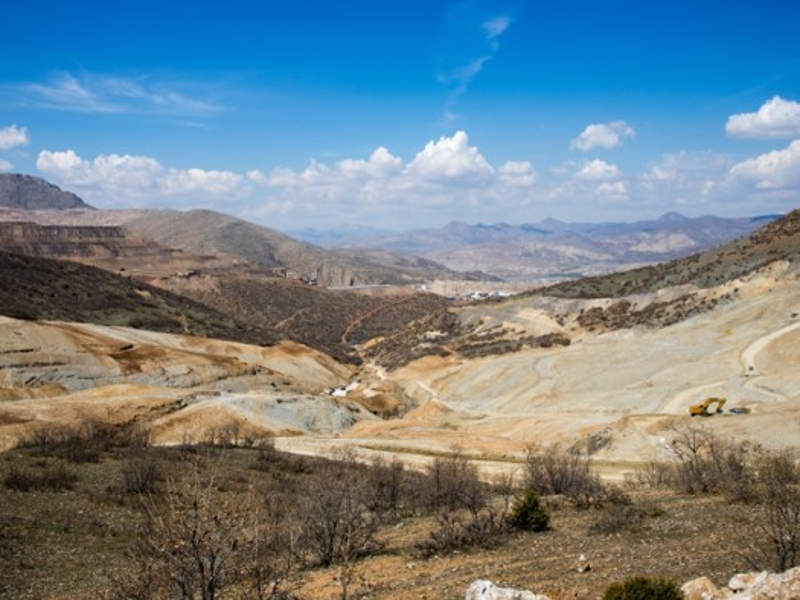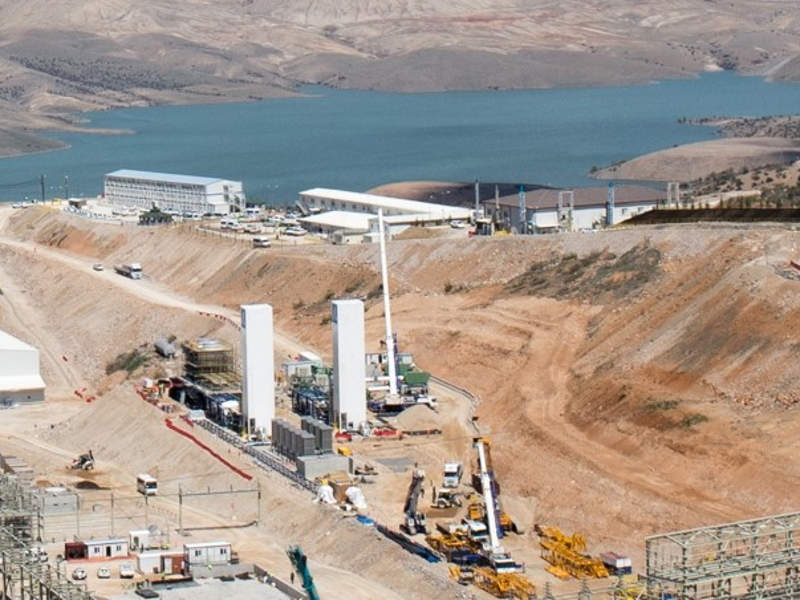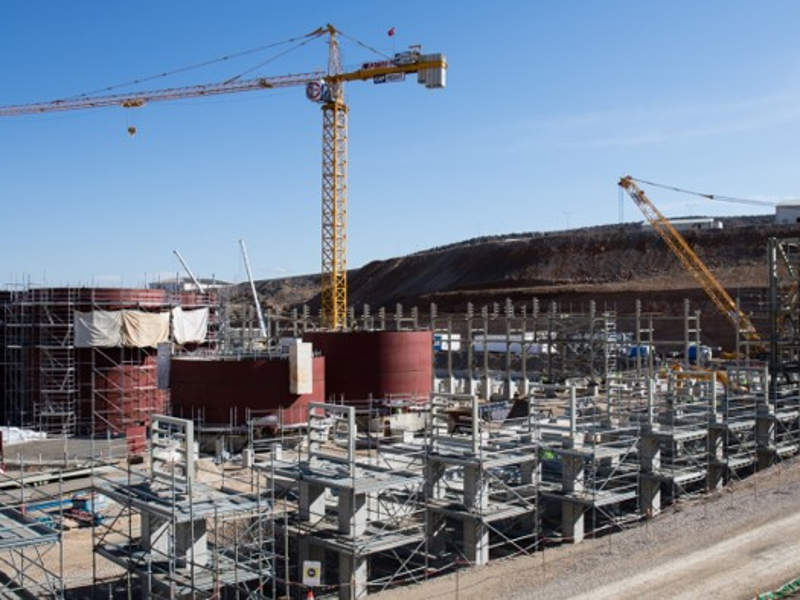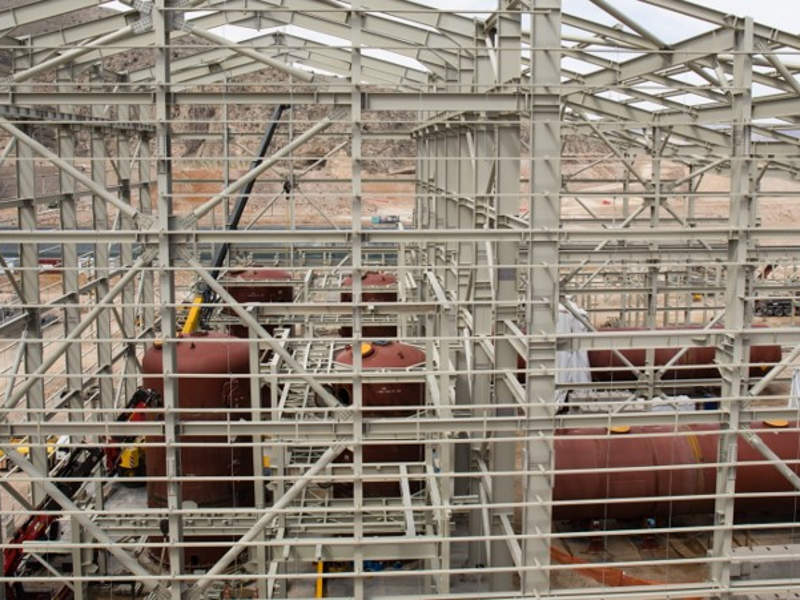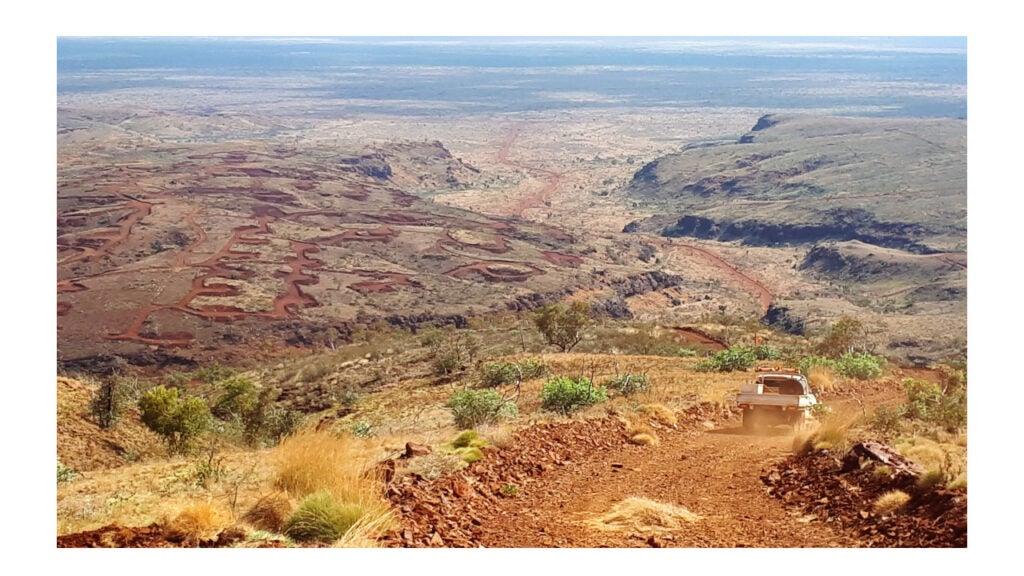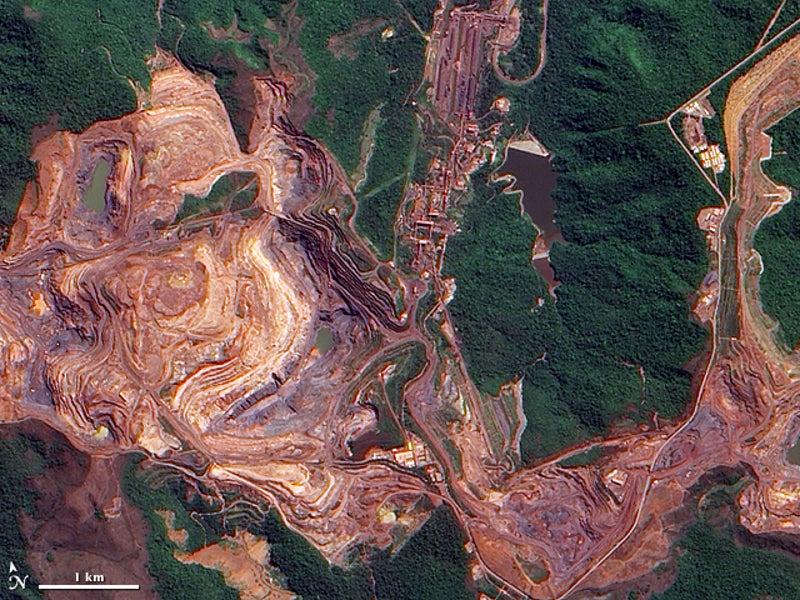The Çöpler open-pit gold mine in Turkey is being expanded to introduce pressure oxidation method to produce gold from the refractory sulphide ore. The mine currently uses heap-leach operation to produce gold from the oxide ore.
Definitive feasibility study for the expansion project was completed in June 2014 and updated March 2015. The construction was started in May 2016 and first gold is expected to be poured in the third quarter of 2018.
The expansion project is estimated to produce four million ounces (Moz) of gold through its anticipated mine life of 20 years, in addition to the existing heap leach processing of oxide ore.
Ownership of the Copler mine
Anagold Madencilik Sanayi ve Ticaret Anonim Şirketi (Anagold) owns and operates the Çöpler mine and the sulphide expansion project. Alacer holds an 80% interest in Anagold, while the remaining 20% is held by Lidya Madencilik Sanayi ve Ticaret.
Location, geology and mineralisation
Located in east-central Turkey, the Çöpler mine extends across 16,573ha, and comprises oxide and sulphide ore within seven granted licenses.
The mine is located within a complex collision zone lying between the Pontide Belt/North Anatolian Fault, the Arabian Plate, and the East Anatolian Fault. The region is believed to have undergone crustal thickening from the late-Cretaceous to early-Tertiary period.
The mine area is situated on a composite diorite to monzonite porphyry stock that has been emplaced into meta-sediments and limestone-marbles of the Munzur Formation.
Epithermal style of mineralisation is found at Çöpler within structurally-controlled zones of stockwork and sheeted veins, and as contact-type mineralisation.
The gold mineralisation is classified into five types namely the Stockwork quartz-veined metasedimentary rocks and diorite, clay-altered, brecciated and carbonatised diorite, massive marcasite-pyrite replacement bodies, massive jarositic gossan, and the massive manganese oxide style.
Oxidation of these mineralisation types resulted in the formation of gossans, massive manganese oxide and goethitic/jarositic assemblages hosting fine-grained free gold.
Reserves at the Copler sulphide expansion project
The Ҫӧpler mine is expected to contain proven and probable reserves of 53.9Mt of ore grading 2.33g/t Au, 5.51g/t Ag, and 0.03% Cu, as on 31 December 2016. The mine is estimated to contain 4.03Moz of gold.
Mining and processing
Conventional open-pit mining methods, involving drilling and blasting followed by loading and hauling, will be used at the Çöpler sulphide expansion project.
The processing plant will have a capacity to treat between 1.9Mtpa and 2.2Mtpa of sulphide ore to produce gold-silver doré.
The run-of-mine (ROM) sulphide ore will be initially crushed and fed to the semi-autogenous grinding (SAG) and ball mills. The closed-circuit thickener of the grinding circuit will use minimal water to thicken the slurry, which will be transferred to the acidulation tanks.
The acidulation circuit will use recycled solution, containing free acid, from the decant thickener to leach the carbonate minerals in the ore. The tanks will be agitated to disperse the slurry, acid and decant thickener overflow recycle throughout the tank and ensure the carbonates in the ore react with the acid in solution.
Depending on the ore type being processed, the slurry from the grinding thickener underflow storage tanks is split between acidulation and the pressure oxidation (POX) feed tanks. The decant thickener will recover acid generated in the POX autoclaves and recycles it to the acidulation circuit for carbonate destruction.
The slurry coming in from acidulation tanks will be heated in the POX feed surge tanks by using low and high-temperature heaters before pumping to the autoclave circuit. omprise two horizontal autoclaves, the circuit will be reacted with oxygen gas at each of the agitators.
Pure oxygen will be pumped into the autoclaves and the sulphide minerals will be oxidised under pressure. Limestone will be added to the resultant slurry from pressure oxidation in order to precipitate and lock-up iron and arsenic into stable iron arsenate precipitates.
The treated slurry will pass through the two-stage counter current decantation (CCD) thickener to wash the gold-bearing solids. The washed slurry will then be pumped to the pre-leach tank, where lime will be added. Sodium cyanide will be added in the leach tanks to dissolve the gold and the small amount of silver from the oxidised solids.
The leached slurry will feed a six-stage carbon-in-pulp (CIP) gold recovery system, wherein it will be mixed with activated carbon and the precious metals in the solution will load onto the carbon. The loaded carbon will be removed from the first CIP tank and pumped to the adsorption-desorption-recovery (ADR) plant.
The loaded carbon will be stripped of gold and silver at the ADR facility, resulting in the production of a pregnant solution, which will be sent to the existing electro-winning circuit and gold room for producing doré bars.
Financing
The syndicate of BNP Paribas (Suisse), ING Bank, Societe Generale Corporate & Investment Banking, and UniCredit Bank Austria agreed to provide $350m for the Çöpler sulfide expansion project. First drawdown of $130m on the finance facility occurred in April 2017.
Infrastructure facilities at the sulphide expansion project
The Çöpler sulphide expansion project will include construction of new infrastructure in addition to the existing infrastructure. The infrastructure to be added includes a new POX building and POX utilities building, carbon elution building, primary crushing control room, grinding building, power supply, water and sewage, site roads, fire-protection system, and lighting system.
The project will also include a construction camp, capable of accommodating 2,500 people, and new operating staff accommodation.
The tailings storage facility will have a capacity to provide containment for up to 45.9Mt of mill tailings over its mine life.
Key players involved
GAP İnşaat is the general contractor for the sulphide project. Amec Foster Wheeler was contracted to provide the initial phase of EPCM services and to conduct detailed engineering for the Çöpler sulphide processing plant.
Jacobs conducted the basic engineering design, capital and operating costs and economic analysis for the initial design and construction of the project’s processing facility. In addition, Jacobs participated in the preparation of the feasibility study and the July 2014 technical report.
Golder was engaged to develop the engineering design and capital costs for the feasibility level design of the tailings storage facility (TSF).
SRK Consulting, Metallurgium and Mining Plus provided technical expertise for the expansion project’s feasibility report. Hazen Research, McClelland Laboratories, Tetra Tech, and Global Resource Engineering also participated in the preparation of the feasibility report.

